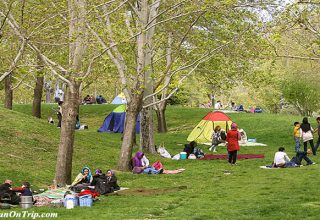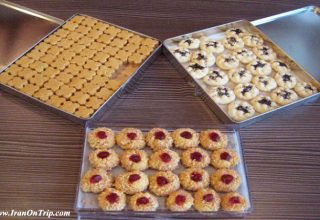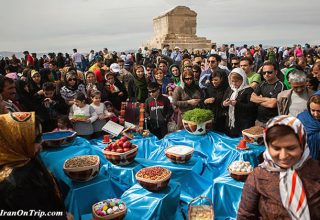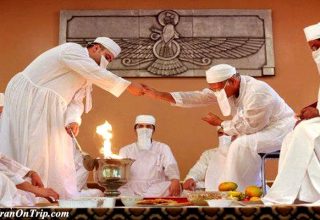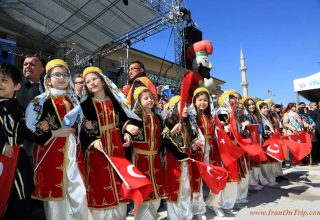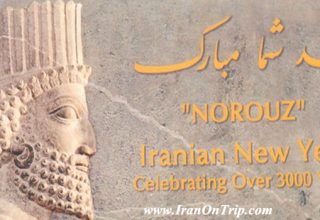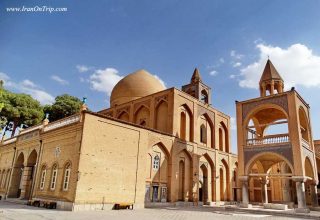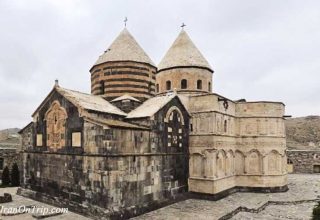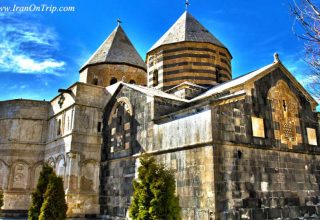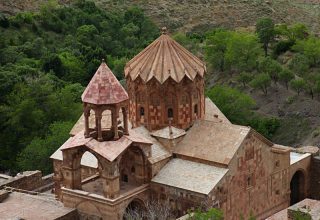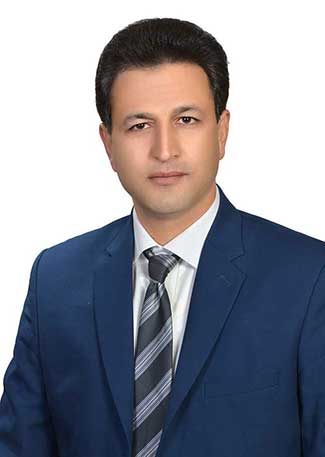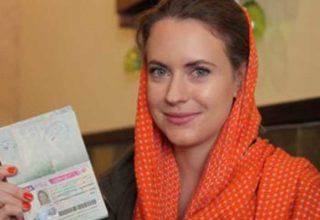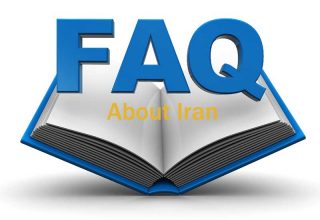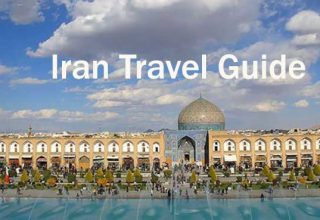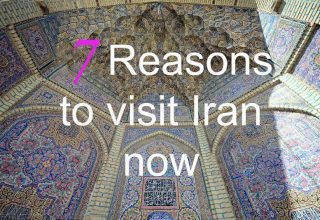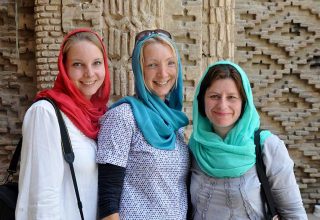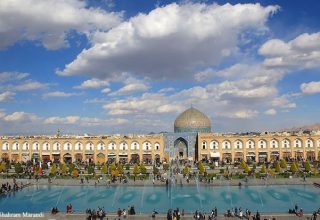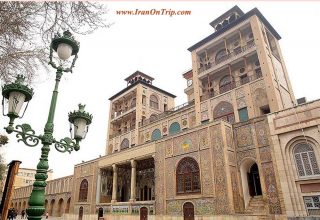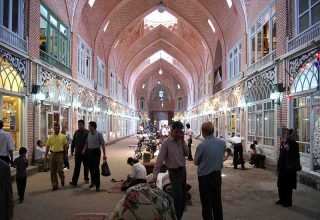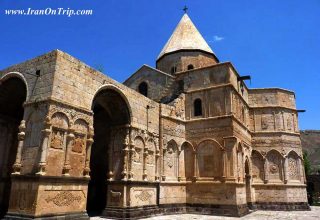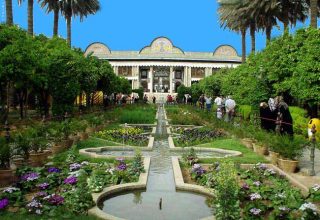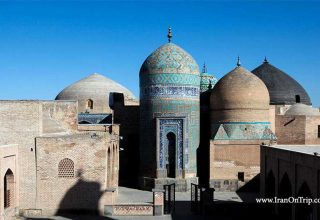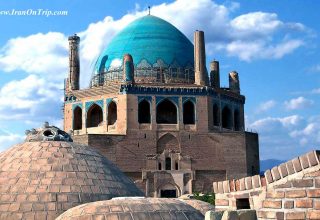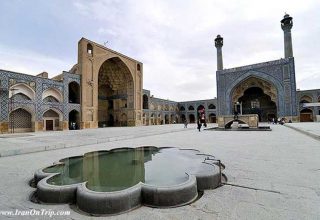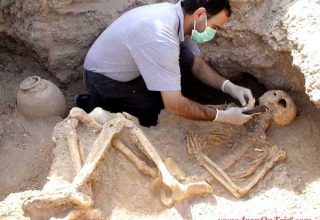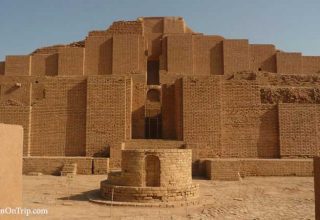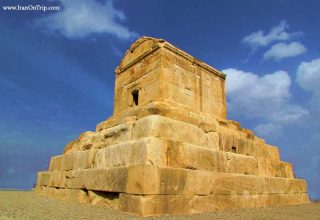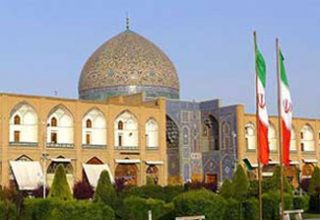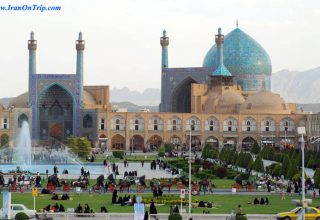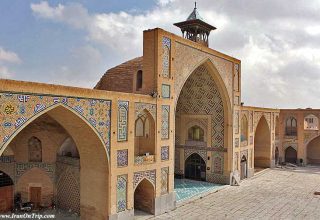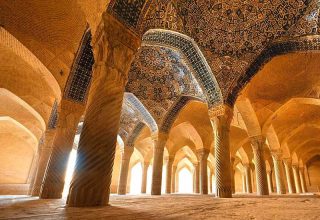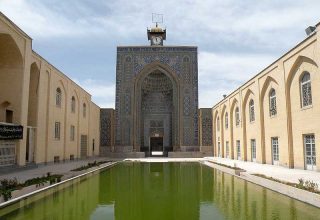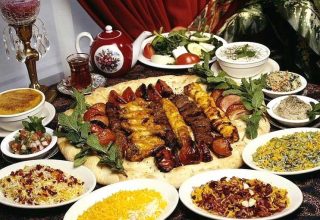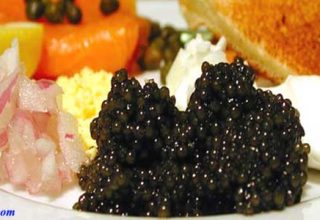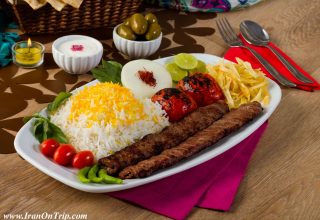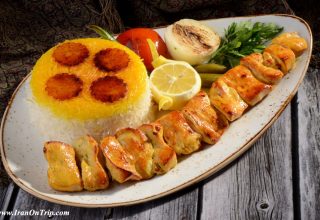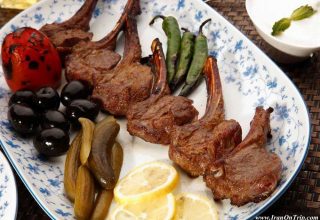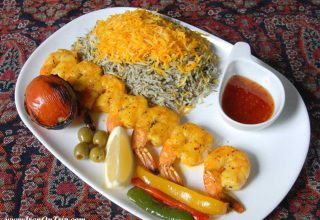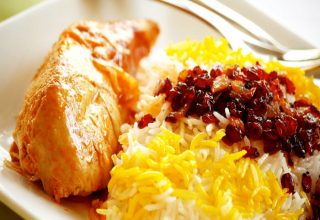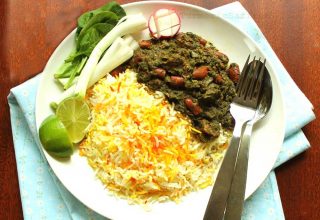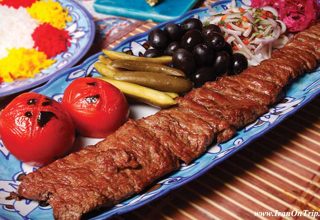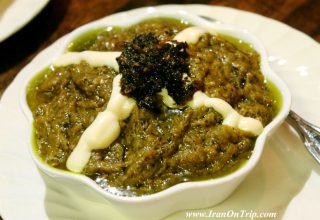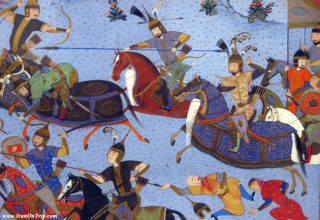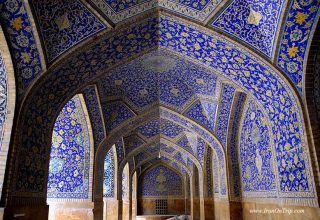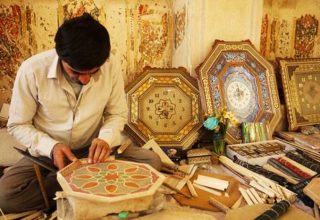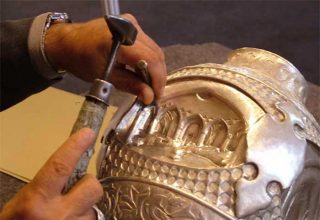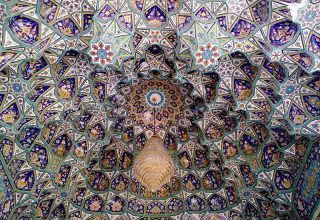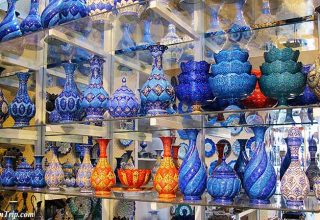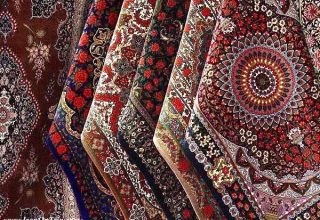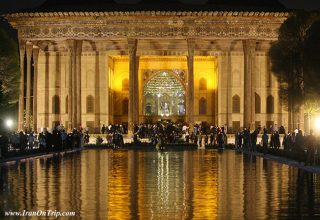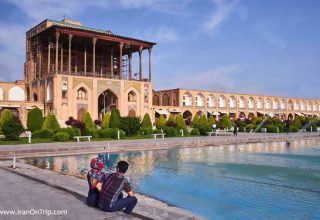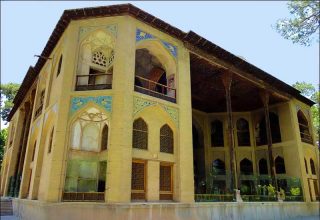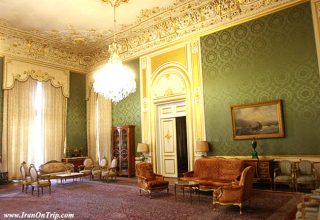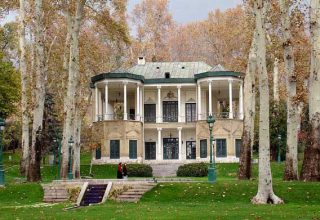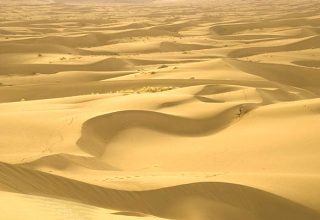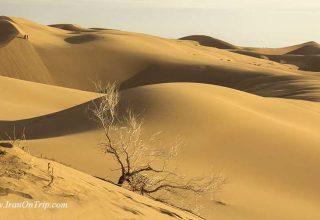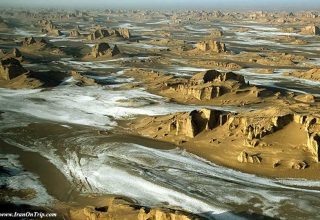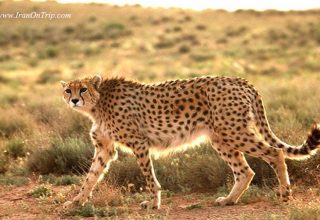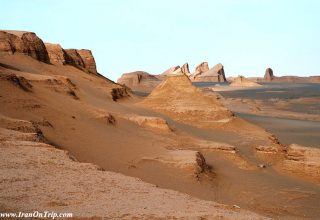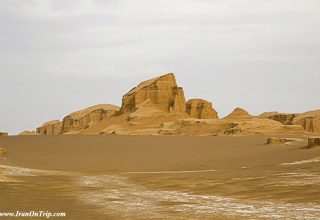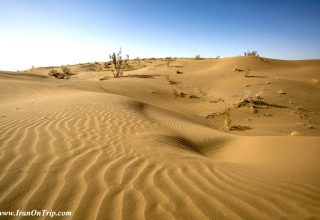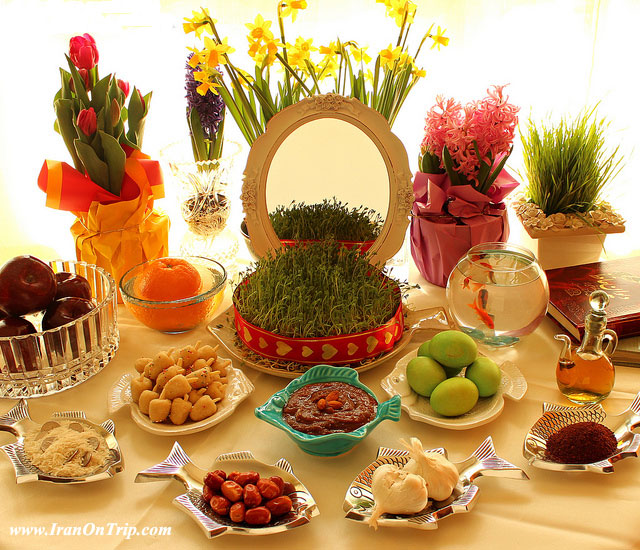
Haft Seen, otherwise known as Haft Sīn (Persian: هفتسین) or the seven ‘S’s is a traditional table setting of Nowruz, the traditional Iranian spring celebration. The haft seen table includes seven items all starting with the letter sīn (س) in the Perso-Arabic alphabet. Haft-Seen was originally called Haftchin (Haftcin) derived from the words Chin (چین), meaning “gather; pile up” and Haft (هفت), the number 7 The Haft Chin table includes the following items which symbolize Zoroastrian yazatas or divinities such as ātar and asman.
The term and therefore the original custom was changed due to the digraph Ch (چ) not being present in the Arabic language leading to its replacement by the letter S (س). The invasion of Sassanid Persia by the Umayyad Caliphate in 650 brought acculturation and cultural transformation to the local Persians. This subsequently forced the local population to adapt and replace many Zoroastrian customs and words with Arabic and Islamic concepts. “Zoroastrianism was replaced by Islam as the religion of the rulers of Iran” The Arabic language was heavily enforced upon the conquered from the local Persians and other Iranian speaking populations throughout Greater Iran and the surrounding areas. The Arab conquests dramatically changed the Middle East and North Africa in respect to language, culture, and religion. The Arabic assimilation of the Persians and other Iranian groups continued under the Abbasid Empire until the revival of the Persian language and culture by the Samanid Empire in 819 although the term and custom of Haft Chin had evolved into Haft Seen after nearly two centuries of Arab rule.
The “Haft Chin” items are:
Mirror – symbolizing Sky
Apple – symbolizing Earth
Candles – symbolizing Fire
Golab – rose water symbolizing Water
Sabzeh – wheat, or barley sprouts symbolizing Plants
Goldfish – symbolizing Animals
Painted Eggs – symbolizing Humans and Fertility
The Haft Seen items are:
Sabzeh – (Persian: سبزه)-wheat, barley, mung bean or lentil sprouts growing in a dish – symbolizing rebirth
Samanu – (Persian: سمنو)-sweet pudding made from wheat germ – symbolizing affluence
Senjed – (Persian: سنجد)-dried oleaster Wild Olive fruit – symbolizing love
Sir – (Persian: سیر)- garlic – symbolizing medicine
Sib – (Persian: سیب)- apples – symbolizing beauty and health
Somāq – (Persian: سماق)sumac fruit – symbolizing (the color of) sunrise
Serkeh – (Persian: سرکه) – vinegar – symbolizing old-age and patienceMary Boyce described a traditional Sharifabadi Zoroastrian New Years observance as including
Sabzeh – Sprouts from seven different kinds of seeds
clay figures, whitewashed (favorites being domestic animals, cows, donkeys, sheep, camel, nightingale, peacock, also household objects such as sugar-loaf, bowls, or a three-legged stool). These “bear witness to the triumphant works of creation.”
a mirror
a low brazier full of fire
a lamp
sprays of cypress or pine
pomegranates
painted eggs
Shahnameh, by Abolqasem Ferdowsi
All about Nowruz in Iran and ceremony – Ceremonies of Iran – Nowruz ceremony – History of Nowruz – Nowruz in Iran – No Rooz in Iran – Iranian Ceremonies


